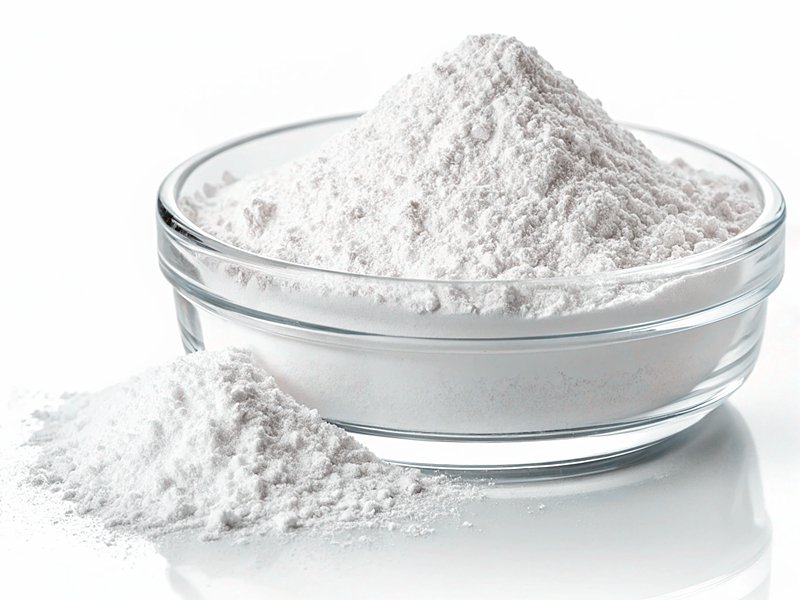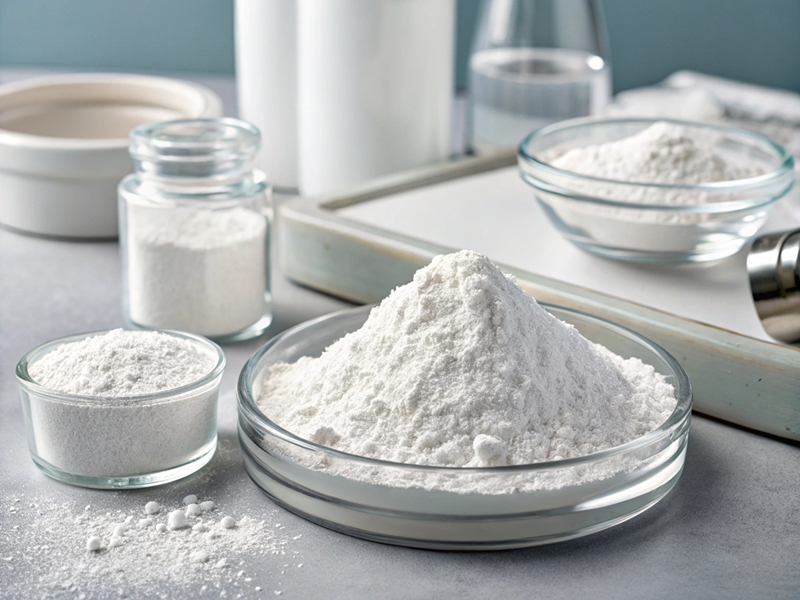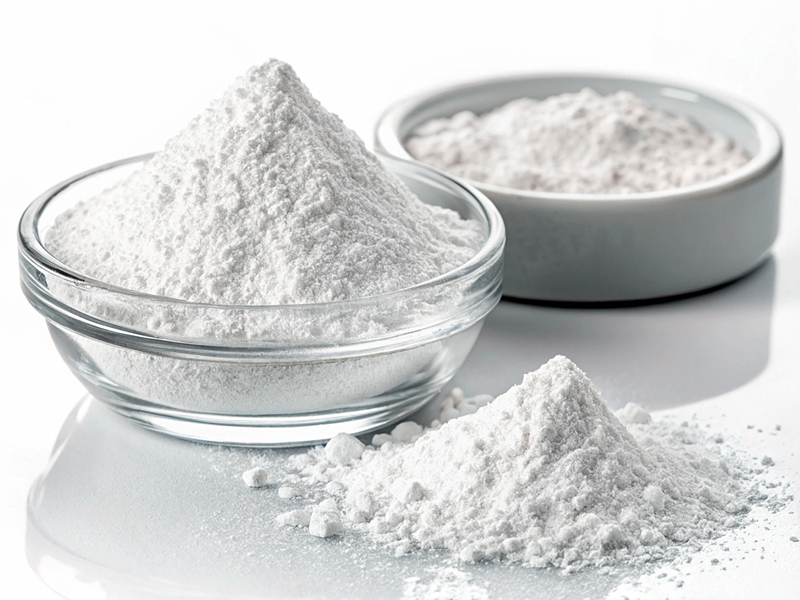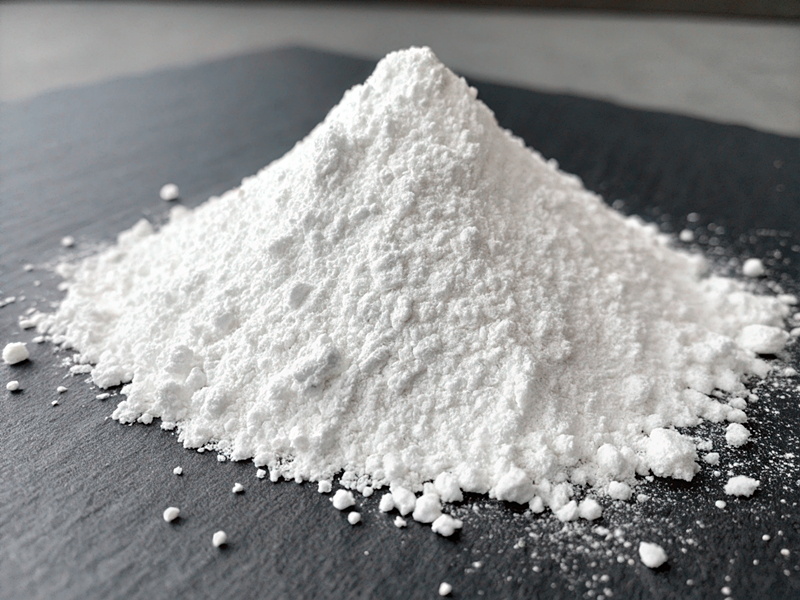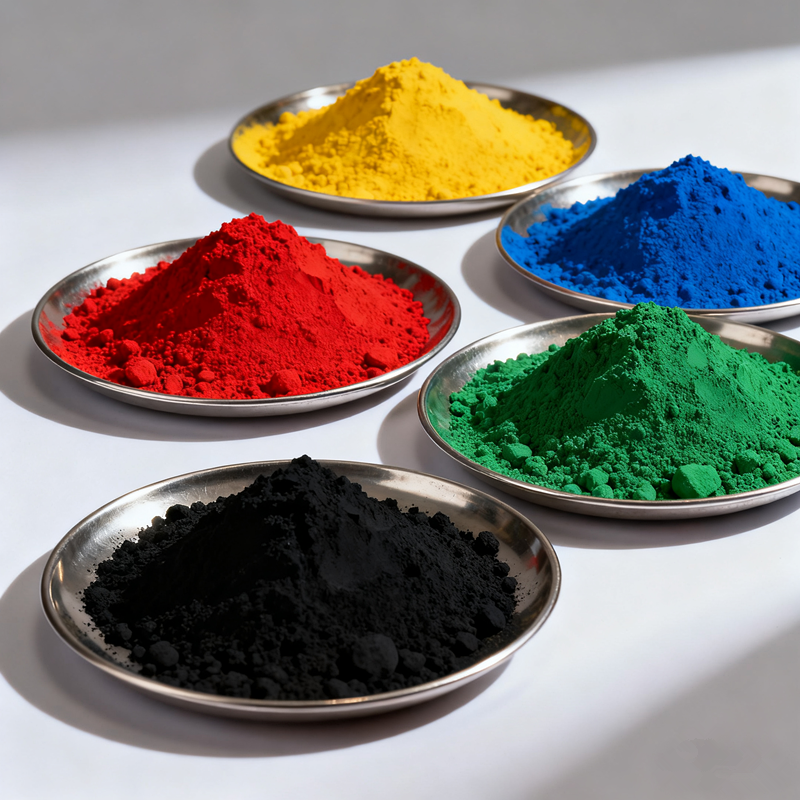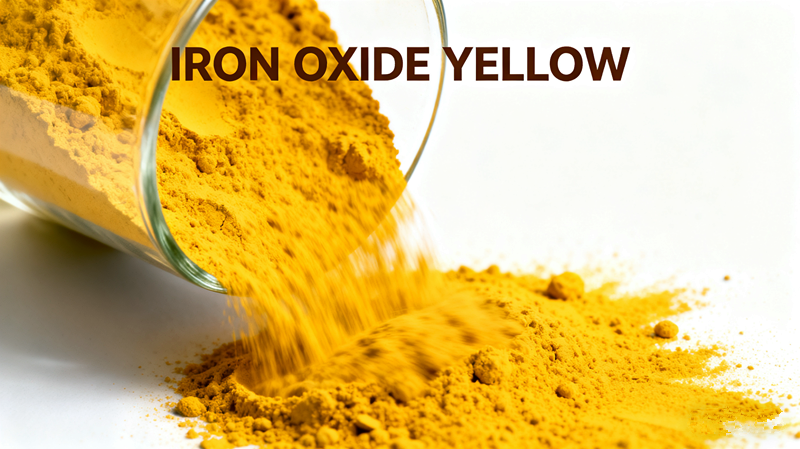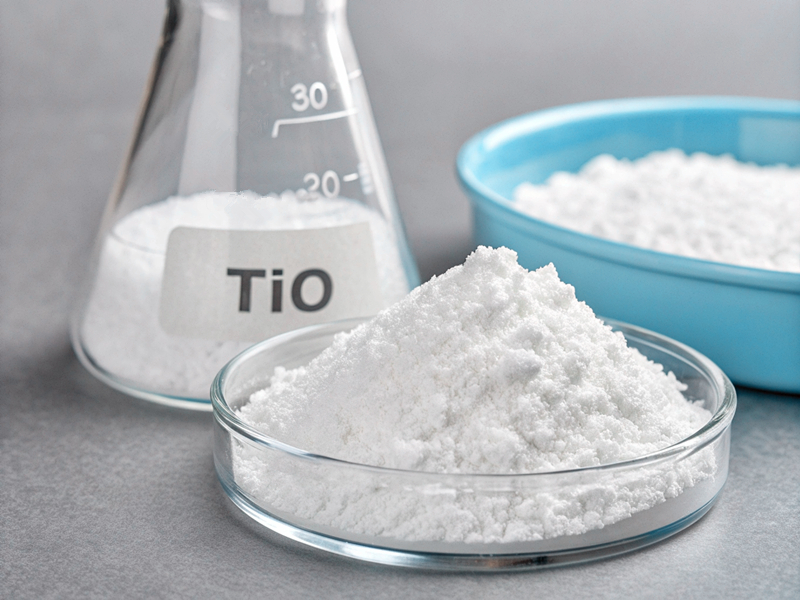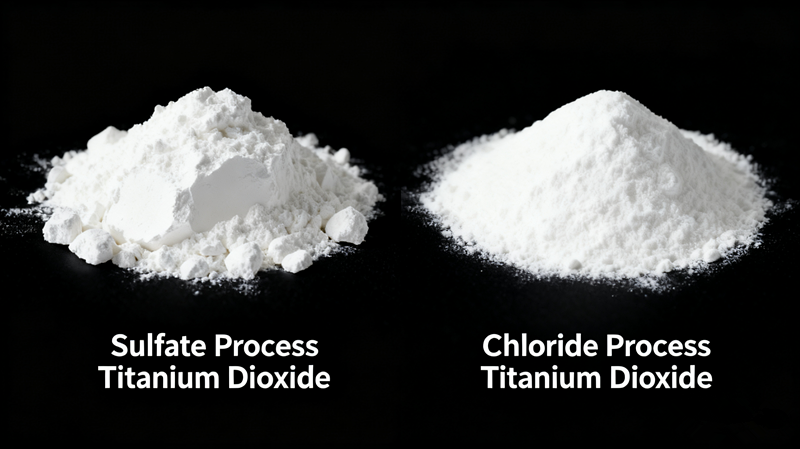Titanium dioxide (TiO₂)1 is a widely used pigment known for its excellent opacity and brightness. However, not all TiO₂ is the same; it primarily exists in two crystalline forms—rutile and anatase—each with distinct properties and applications. Understanding these differences is crucial for selecting the appropriate type for specific industrial uses.
Rutile and anatase2 are the two primary forms of titanium dioxide, differing in crystal structure, optical properties, and suitability for various applications.
While both forms serve as effective white pigments, their unique characteristics make them more suitable for different applications. Let's delve deeper into these distinctions to guide your selection process.
Basic Classification of Titanium Dioxide
Titanium dioxide naturally occurs in three crystalline forms: rutile, anatase, and brookite. However, rutile and anatase are the most commercially significant.
Rutile TiO₂ is characterized by a more symmetrical tetragonal crystal structure, resulting in higher density and stability. Anatase TiO₂, in contrast, has a less symmetrical structure, leading to different physical and chemical properties.
Crystal Structure and Stability
- Rutile: Features a compact, stable structure with each titanium atom surrounded by six oxygen atoms, contributing to its chemical inertness and durability.
- Anatase: Exhibits a more open structure, making it less dense and less stable than rutile, but with higher photocatalytic activity.
Optical Properties
- Refractive Index: Rutile has a higher refractive index (~2.7) compared to anatase (~2.5), resulting in greater light-scattering ability and opacity.
- UV Absorption: Both forms absorb UV light, but anatase's bandgap (~3.2 eV) allows it to absorb shorter wavelengths more effectively, enhancing its photocatalytic properties.
Rutile Titanium Dioxide vs. Anatase Titanium Dioxide
When comparing rutile and anatase TiO₂, several key differences emerge that influence their industrial applications.
Rutile TiO₂3 offers superior opacity, durability, and UV resistance, making it ideal for outdoor applications. Anatase TiO₂4, with its higher photocatalytic activity, is preferred for applications like self-cleaning surfaces and environmental remediation.
Key Differences
| Property | Rutile TiO₂ | Anatase TiO₂ |
|---|---|---|
| Crystal Structure | Symmetrical, dense | Less symmetrical, open |
| Refractive Index | ~2.7 (higher opacity) | ~2.5 (lower opacity) |
| UV Resistance | High (better for outdoor use) | Lower |
| Photocatalytic Activity | Lower | Higher (effective in photocatalysis) |
| Durability | More chemically stable | Less stable |
Implications for Use
- Paints and Coatings: Rutile's high opacity and durability make it the preferred choice for exterior paints requiring longevity and resistance to weathering.
- Photocatalysis: Anatase's superior photocatalytic activity is leveraged in applications like air and water purification systems.
- Plastics and Papers: Rutile is commonly used to impart whiteness and opacity to plastics and papers, enhancing their aesthetic and functional properties.
Application Fields of Different Types of Titanium Dioxide
The distinct properties of rutile and anatase TiO₂ dictate their suitability for various applications across multiple industries.
Rutile TiO₂ is extensively used in paints, coatings, plastics, and papers due to its high opacity and durability. Anatase TiO₂ finds applications in photocatalysis, self-cleaning surfaces, and certain cosmetics, owing to its higher reactivity.
Industry Applications
- Paints and Coatings: Rutile's stability and opacity make it ideal for architectural and automotive paints.
- Plastics: Incorporated to enhance whiteness and UV resistance in products like PVC and polypropylene.
- Papers: Used to improve brightness and opacity in high-quality printing papers.
- Cosmetics: Anatase is utilized in sunscreens for its UV absorption capabilities and in products requiring photocatalytic properties.
- Environmental Applications: Anatase's photocatalytic activity is harnessed in air and water purification systems and self-cleaning surfaces.
How to Choose Different Types of Titanium Dioxide?
Selecting the appropriate form of TiO₂ depends on the specific requirements of the application, considering factors like durability, opacity, and reactivity.
For applications demanding high durability and opacity, such as exterior paints, rutile TiO₂ is recommended. For applications leveraging photocatalytic properties, like self-cleaning surfaces, anatase TiO₂ is more suitable.
Considerations for Selection
- Durability Needs: Choose rutile for applications exposed to harsh environmental conditions.
- Photocatalytic Requirements: Opt for anatase when photocatalytic activity is desired.
- Aesthetic Factors: Rutile provides higher opacity and brightness, beneficial for paints and coatings.
- Cost Implications: Evaluate the cost-effectiveness based on the application's performance requirements and budget constraints.
What is the Future Trend of Titanium Dioxide Market?
The titanium dioxide market is poised for growth, driven by increasing demand across various industries and advancements in production technologies.
The global TiO₂ market5 is projected to grow at a CAGR of 6.6%, reaching $33 billion by 2030, fueled by demand in paints, plastics, and cosmetics, alongside technological innovations and sustainability trends.
Market Drivers
- Urbanization and Construction: Rising construction activities boost the demand for paints and coatings, subsequently increasing TiO₂ consumption.
- Plastics Industry Growth: Expanding use of plastics in packaging and consumer goods drives the need for TiO₂ as a whitening agent.
- Technological Advancements: Innovations in nanotechnology and sustainable production methods are shaping the future of TiO₂ applications.
- Regulatory and Environmental Concerns: Increasing regulations on pigment use, especially in cosmetics and food packaging, may impact market dynamics.
Conclusion
Titanium dioxide remains a critical material in numerous industries, with rutile and anatase serving distinct roles. Rutile TiO₂ is preferred for its durability, opacity, and weather resistance, making it ideal for coatings, plastics, and papers. Anatase TiO₂, with its superior photocatalytic properties, is extensively used in environmental applications, cosmetics, and self-cleaning materials.
As demand for TiO₂ continues to rise, market trends indicate a shift towards sustainable production processes and regulatory compliance. Understanding the differences between rutile and anatase forms allows industries to optimize their applications, ensuring efficiency, durability, and cost-effectiveness.
Whether you're selecting TiO₂ for paints, plastics, or advanced photocatalytic applications, choosing the right type is essential for achieving the best performance in your products.
-
Explore this link to understand the diverse applications and properties of Titanium dioxide, enhancing your knowledge for better selection. ↩
-
Discover the key differences between Rutile and Anatase to make informed decisions for industrial applications. ↩
-
Explore the advantages of Rutile TiO₂ for outdoor use, including its opacity and UV resistance, to enhance your projects. ↩
-
Learn how Anatase TiO₂'s photocatalytic properties make it essential for self-cleaning technologies and environmental solutions. ↩
-
Explore this link to understand the dynamics and future trends of the TiO₂ market, which is crucial for various industries. ↩


